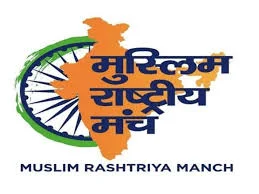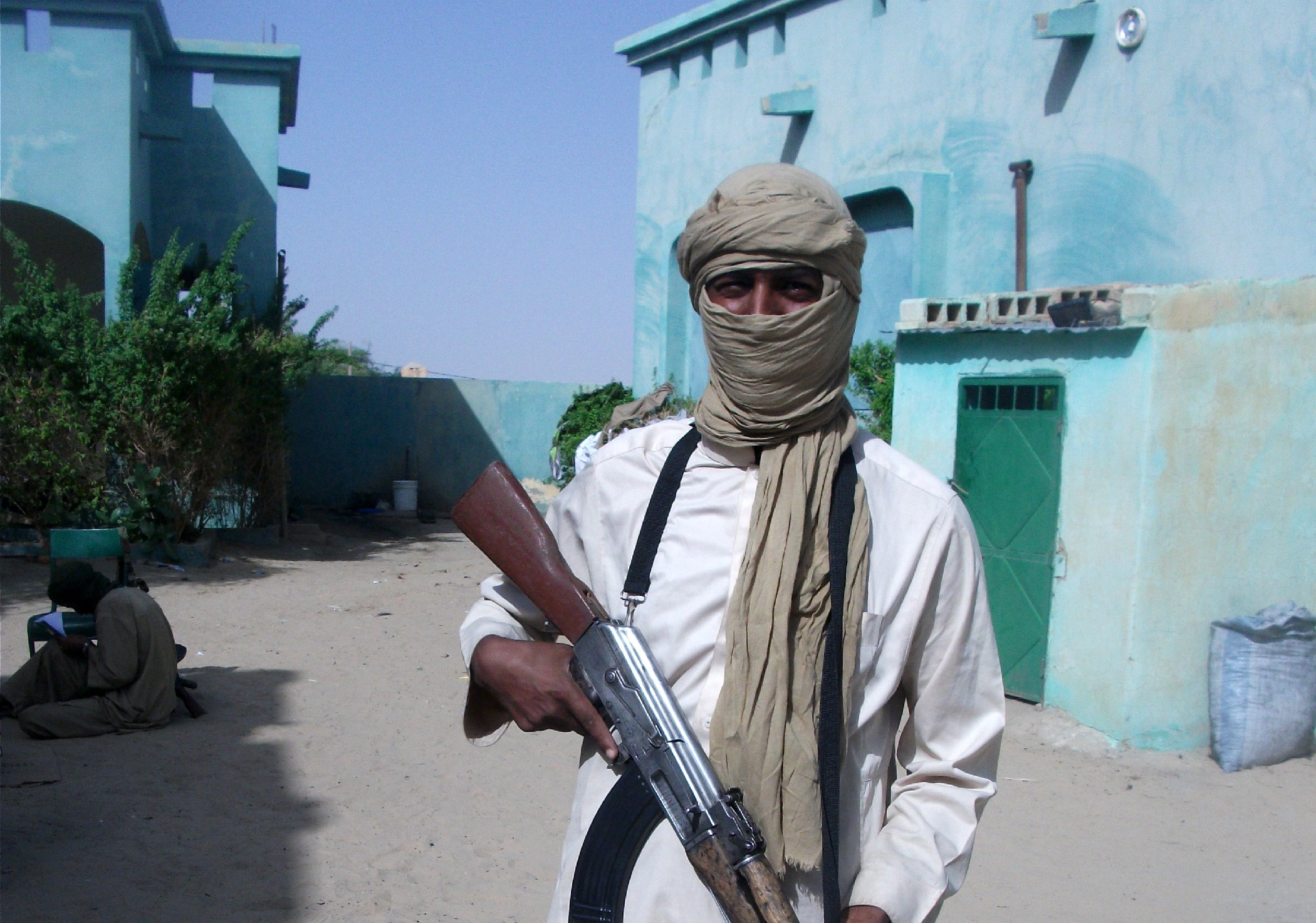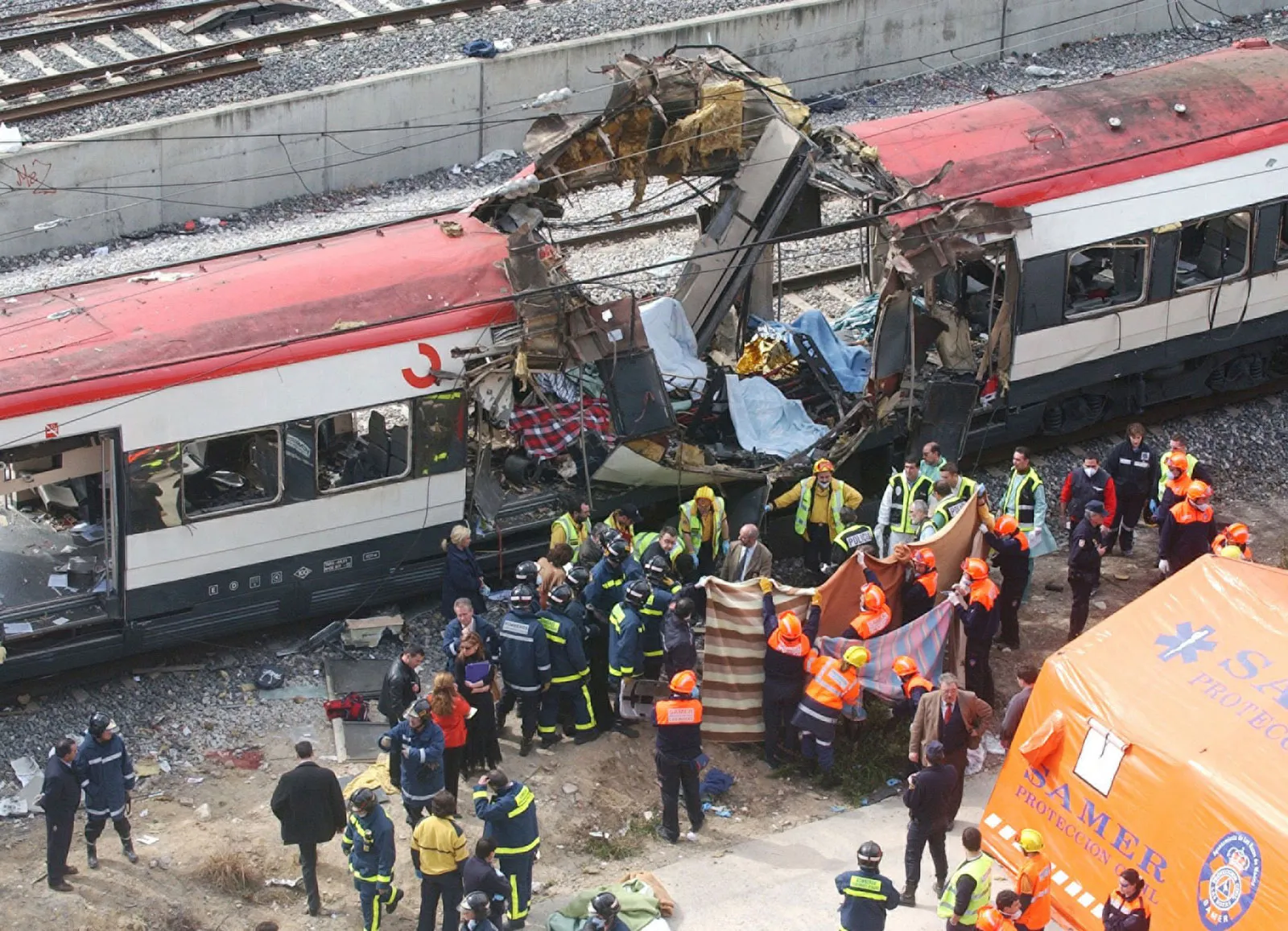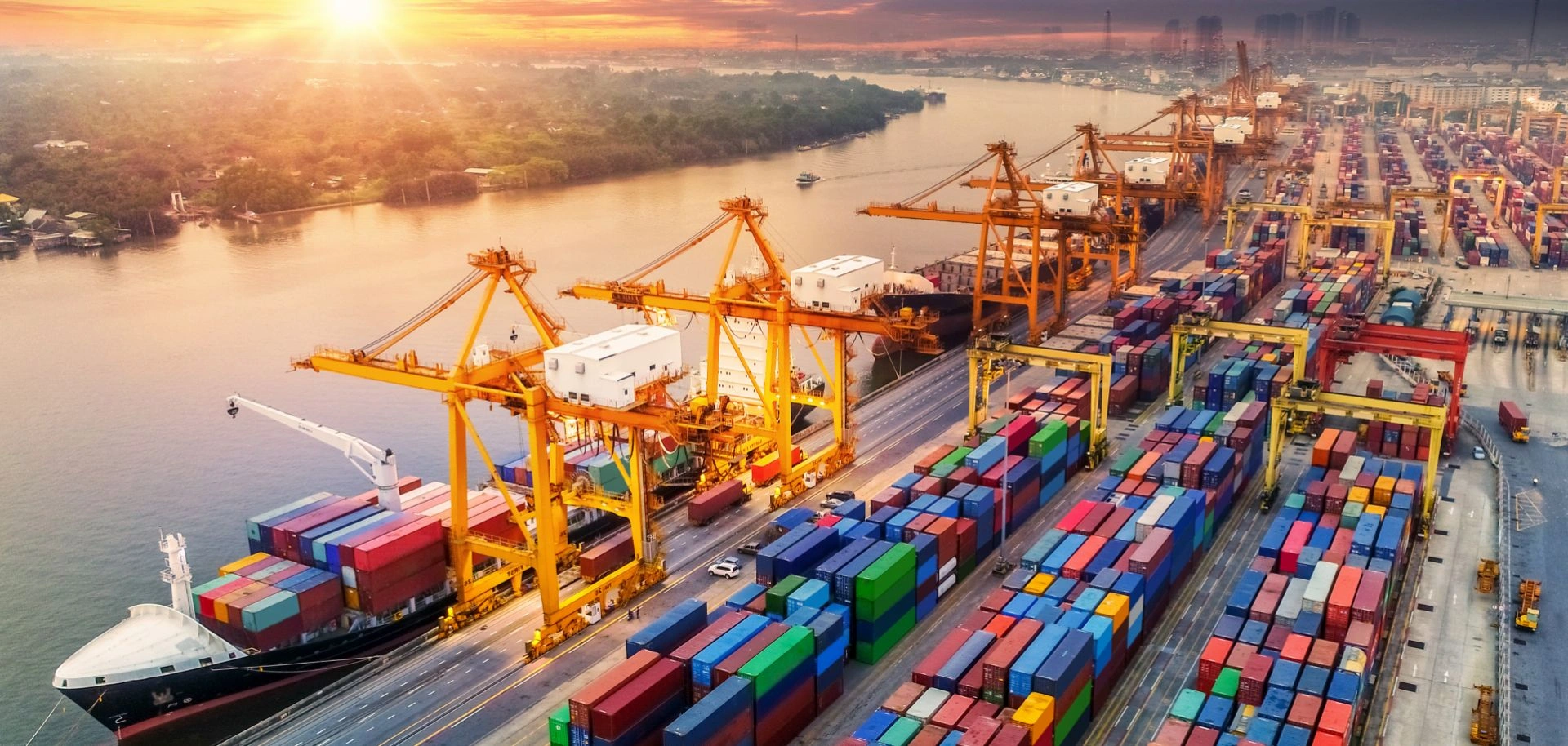The Rashtriya Swayamsevak Sangh (RSS) projects Muslim Rashtriya Manch as an ‘independent’ organization of Muslims that follows the Hindutva agenda. The RSS is willing to accommodate Muslims only on its own terms. This is what gives birth to MRM, tailored to propagate Hindutva ideology directly among Muslims.
This article argues that the internal workings of Muslim Rashtriya Manch (MRM) indicate that it remains in direct control of senior RSS functionary Indresh Kumar. Moreover, Indian Muslims join the Manch for material reward, personal security, rebuking of traditional Muslim centres of power or influenced by Indresh Kumar’s charismatic leadership.
A Brief Historical Overview of MRM
After achieving limited success in attracting Muslims towards RSS or its affiliates, the RSS leadership focused on creating an independent Muslim activist organization. The rationale behind the formation of such an organization was to ensure that it can directly interact with Muslims. This is what gives birth to MRM, tailored to propagate Hindutva ideology directly among Muslims. In December 2002, then RSS ex-sarsanghchalak (supreme leader) K. S. Sudarshan prompted a group of ‘nationalist’ Muslims to form MRM. Before 2005, Rashtravadi Muslim Andolan, was the initial name of the MRM.
In its first annual convention in 2003, MRM passed a resolution demanding a total ban on cow slaughter. The next year, the Manch demanded abolishing Article 370 of the Indian constitution, denounced terrorism and demanded equal rights for Muslim women. The organization provided human support during BJP’s 2014 and 2019 parliamentary campaigns and lent support to BJP candidates in several state elections.
A Brief Introduction of MRM
The members of Manch, describe the Manch as a ‘cultural reform movement’, ‘social service organization’ or ‘cultural platform’. According to Felix Pal, members of Manch have a variable understanding of the organization. However, they do believe the core objective of MRM is to broach the difference between Hindus and Muslims. The Manch is conceptualized as RSS’s outreach project towards Muslims; to convince them to be part of the National Mukhya Dhaara (mainstream). The key objectives of MRM are as follows:
1) To work for the welfare of all Indian citizens
2) To work for the socio-economic development of all Indian citizens
3) To address all national issues
The Manch has eight cells that represent a different group of audiences. These cells are as follows:
1) Intellectual Cell
2) Madrassa Cell
3) Women’s Cell
4) Student and Youth Cell
5) Gau Raksha (Cow Protection) Cell
6) Education Cell
7) Services/Welfare Cell
8) Ulema Cell
Why do some Indian Muslims join MRM?
According to the fieldwork carried out by Felix Pal, there are at least four key reasons due to which some Indian Muslims join MRM which are as follows:
Rebuking of Traditional Leadership – The primary reason behind why some Indian Muslims join MRM is rooted in the perceived inability or disinclination of Congress or Islamic clergy to improve the overall condition of Indian Muslims. However, there are also a number of instrumentalist reasons which are as follows:
Material Reward – The Manch provides an opportunity for some Indian Muslims to seek employment opportunities in the government sector due to the closer relationship between RSS and BJP. Evidence point that members of the Manch have been appointed to governmental committees and ministerial posts. Apart from government sector jobs, lower-level positions in educational institutions and neighbourhood councils were also provided to some Manch members.
Indresh Kumar’s Charisma – The ‘charismatic personality of Indresh Kumar is considered a key motivating factor for joining MRM. His image building as a ‘cross-faith intermediary and peacekeeper’ have motivated several Muslims to become a part of the Manch. However, he has appeared as a more aggressive personality before the media.
Personal Security – In a highly polarized society where the lives of the Muslims remain in a constant state of fear due to the presence of cow-vigilante groups, militant Hindu outfits and the strong possibility of becoming victims to weaponized disinformation through social media, some Indian Muslims prefer joining the Manch to ensure personal security.
Organizational Structure
According to MRM’s leadership, the Manch operates in 25 states and more than 400 districts. The organization claims of having more than one million Muslims as its members. However, Felix Pal concluded that the membership claims of MRM are significantly exaggerated and sometimes fabricated. The most reliable estimate is the Manch has a membership of 10,000. As claimed, Delhi and Uttar Pradesh provide the organization with their support base.
The majority of the Manch members are high caste Muslim men who hail from well off backgrounds. This is the key reason why Pasmanda (oppressed caste) Muslim activists in India imply that MRM represents traditional centres of Muslim power based in North India.
Some of these activists even accuse the Manch of acting as the new version of the All India Muslim League. The overall sectarian outlook of the Manch is relatively diverse with a limited representation of Pasmanda Muslims. The organizational structure of MRM is such that RSS pracharak (preacher) Indresh Kumar heads the MRM. The Muslim leadership of MRM is subordinate to Indresh Kumar, who reports to RSS.
Links with RSS
Contrary to popular assertion, the MRM is not an official affiliate of RSS. Dr. Shahid Akhtar, one of the national conveners of MRM, claims that there is no direct relationship between RSS and MRM. RSS’s senior functionary Indresh Kumar makes all organizational decisions pertaining to MRM, where he holds the post of margdarshak (advisor). Despite having an active role in MRM’s formation and day to day activities, MRM is not part of any official list of RSS affiliates. RSS chief Mohan Bhagwat’s successor K. S. Sudarshan use to attend every national MRM convention until his death. However, Bhagwat participated in the annual meet of the Manch since succeeding Sudarshan for the first time in 2016.
Conclusion
The overall functioning of MRM points to the fact that RSS is willing to accommodate Muslims only on its own terms. The ‘advisor’ post given to Indresh Kumar is an attempt to project MRM as an independent entity; that the RSS supports only because of its pro-Hindutva agenda. However, evidence points to the fact that MRM remains under the direct control of RSS leadership. The existing academic research on MRM establishes the fact that Indian Muslims who join or will join MRM in future is due to incentives offered by the Manch in terms of jobs, money, influence and security.
Also See: Protests in Pakistan amidst Indian derogation of Prophet Muhammad (PBUH)







